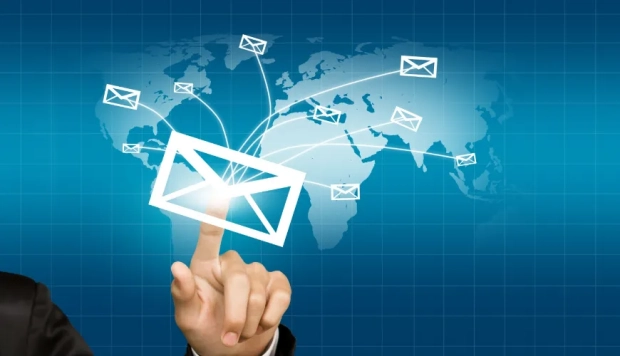Is Spam Bad for You?

You Might Ask - Is SPAM Bad for Me?
We all get them—those annoying emails that flood our inboxes, promising us millions from a distant relative or insisting we're missing out on the deal of the century. That, my friends, is spam: unsolicited and often irrelevant messages sent over the internet, typically to a large number of users.
Imagine starting your day, coffee in hand, ready to tackle your inbox, only to find it overflowing with spam. It's not just an annoyance; it's a time thief, stealing precious minutes as you sift through to find the emails that actually matter.
Spam isn't just irritating; it can be downright dangerous. Hidden among these unsolicited emails could be phishing scams aimed at stealing your personal information or malware that can harm your computer.
How Spam Sneaks In
Ever wonder how spammers get your email? Sometimes it's through sheer guesswork, other times from shared or hacked lists. They cast a wide net, hoping to catch anyone they can.
You might think, "It's just spam; I'll delete it." But it's not that simple. When your inbox is cluttered with junk, important emails can slip through the cracks, leading to missed opportunities or overlooked information.
The Role of Email Verification
Here's something crucial: email verification. It's a way for businesses and individuals to ensure their emails don't end up marked as spam. By verifying email addresses before sending out messages, senders can maintain a good reputation and avoid the dreaded spam folder.
Imagine the frustration of sending out an important email, only to find out it landed in the spam folder of your recipients. That's why email verification is key. It's about making sure your message gets through.
Tips to Tackle Spam
- Unsubscribe: Take a moment to unsubscribe from newsletters you no longer read. It's a simple step that can significantly reduce your spam.
- Use Filters: Most email services offer tools to filter out spam. Spend some time setting these up; it's worth it.
- Be Cautious: Think twice before sharing your email address, especially on public platforms or in response to unsolicited requests.
The Bigger Picture
Spam is more than a personal inconvenience; it's a global issue. Billions of spam emails are sent daily, consuming vast amounts of internet bandwidth and resources.
Beyond the annoyance, spam comes with a real cost. Businesses spend significant amounts on spam filters and security measures to protect their networks and data from spam-related threats.
There's also a psychological toll. Dealing with a constant barrage of spam can lead to email fatigue, making us less responsive and more skeptical of even legitimate emails.
A Call for Responsible Emailing
As email users, we have a part to play. By being mindful of the emails we send and ensuring we're not contributing to the problem, we can help reduce spam. This includes verifying email addresses and being thoughtful about the content and frequency of our emails.
Technology is evolving, and so are the ways to combat spam. Advances in artificial intelligence and machine learning are leading to smarter spam filters that can adapt to new tactics used by spammers.
Spam is a challenge for all of us in the digital age. It's not just an inconvenience; it's a threat to our online safety and productivity. But by taking proactive steps, such as using email verification and being mindful of our emailing practices, we can mitigate its impact.
So, next time you're wading through your inbox, remember, dealing with spam is part of navigating our digital world. But with the right tools and practices, we can keep it from taking over our digital lives.




